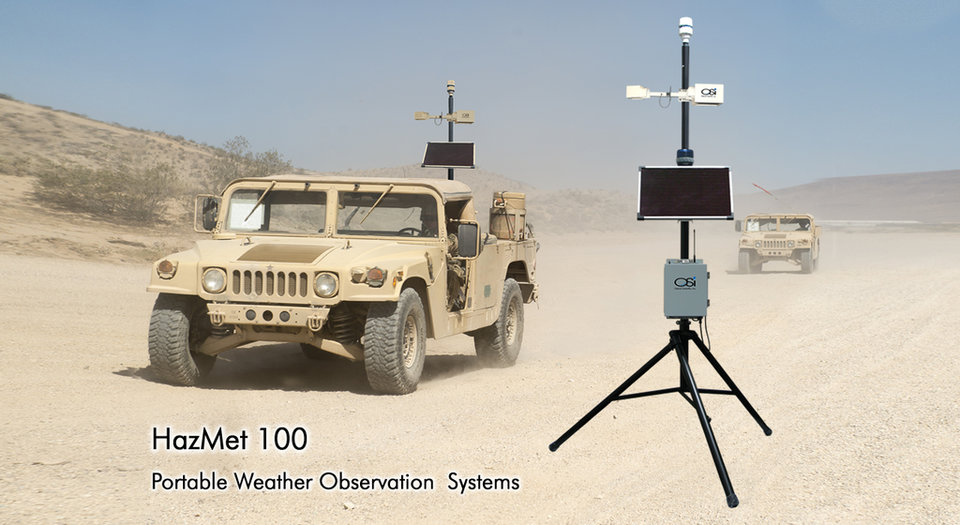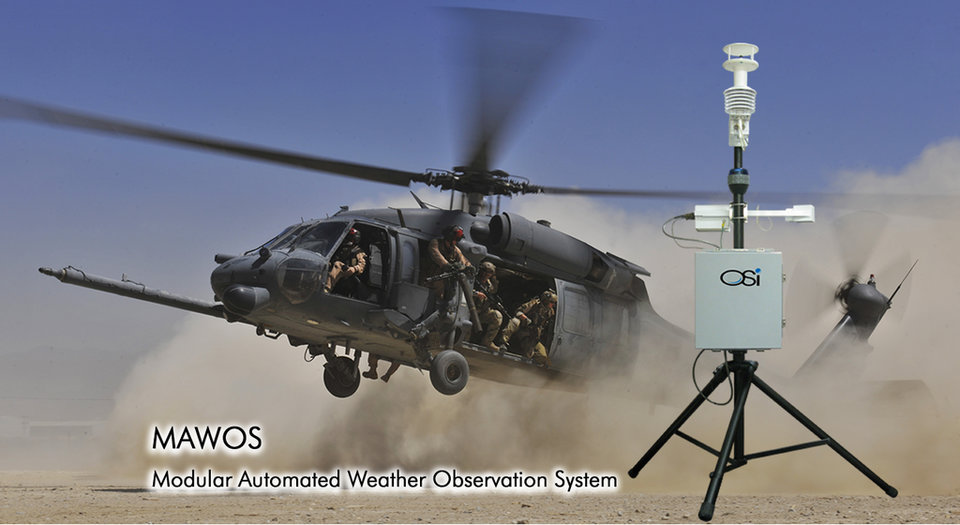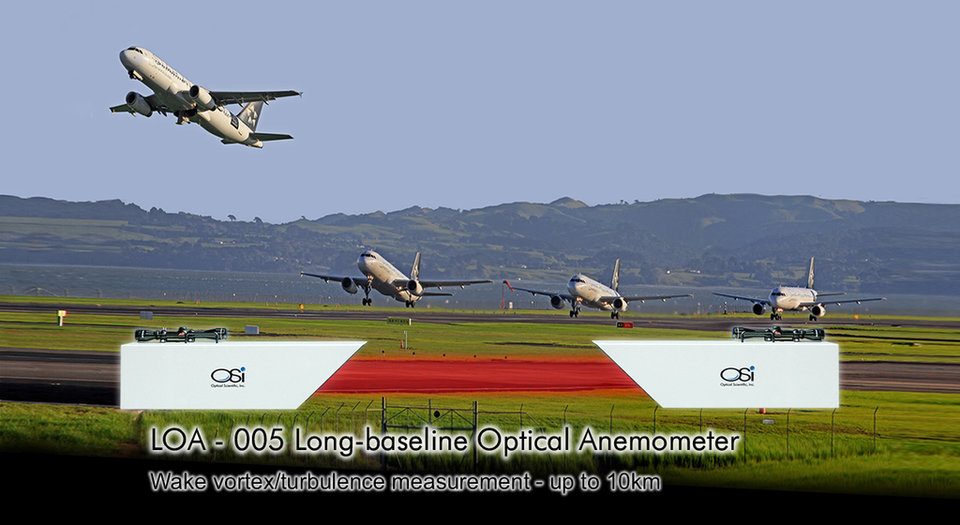company insight
Sensors and systems for atmospheric research, remote monitoring and rapid response.
Building on over 30 years of ground-breaking research, with NASA, NOAA, U.S. Army, U.S.Air Force,and many others, Optical Scientific, Inc. has developed a world-wide reputation for accuracy and rugged reliability. OSI‘s product line of air/gas flow sensors, present weather sensors, and AWOS systems are recognized as leaders in the global market with thousands installed worldwide.
OSI sensors and systems are widely used in weather reporting for transportation, aerospace, environmental compliance in industry, and scientific data collection. We have established a world-wide reputation for:
- Air flow and weather sensors for remote sensing and environmental monitoring;
- Modular Automated Weather Observing Systems (MAWOS) scalable for every application from helipad to international airport;
- Long range Optical Anemometers (LOA) for large scale crosswind and turbulence detection;
- Providing sensors and systems designed specifically for customer applications.
Table 1: Areal weight comparison of glass and ceramic – glass composite armour windows (available on the market)

HazMet 100
HazMET100 system is an atmospheric sensor station designed to be used in the event of a hazardous chemical release, environmental emergency, or gas attack. Especially configured to work with EPA’s ALOHA dispersion modeling program, HazMET100 can be deployed and transmitting atmospheric data to a distant monitoring base within minutes. With optional LP-WIVIS (developed specifically for the US Army) it can be easily transformed into a portable tactical weather station.
HazMET100 portability makes it a premier choice for rapidly evolving situations where speed in redeployment is necessary. It can also be mounted on a moving platform. In this mode, it will also transmit data showing heading, pitch & roll, ground speed, relative wind speed and direction.
The system features a WX-200 multi-sensor, control enclosure with microprocessor, long-range spread-spectrum radio, and rechargeable battery. The systems are equipped with an RF modem to transmit ALOHA data using long range spread spectrum radio; sending wind speed, direction, air temperature, and other sensor data to a remote base site. Line-of-sight range is up to 9 miles. An optional high gain antenna increases the range to 28 miles.
In wired operation, a serial connection drives a WeatherCaster™ graphic display program that includes GPS location, barometric pressure, humidity, wind chill factors, and dew point information.
Whether wired or wireless, HazMet 100 systems are capable of operating as stand-alone units, or as a networked array covering as wide an area as may be required.
Table 1: Areal weight comparison of glass and ceramic – glass composite armour windows (available on the market)

MAWOS
MAWOS (Modular Automated Weather Systems) offers intelligent algorithms based on over 200 million hours of sensor field data and meet all NWS, WMO, FAA, and Canadian guidelines. The modular design is easily configured to customer specifications.
Designed for continuous weather reporting in commercial and tactical aviation applications, the system is flexible, robust, easily installed, and extremely reliable. MAWOS is designed to FAA Advisory Circular 150-5220.16D and Canadian CAR 804.01(c) Options from simple AWOS A to AWOS IIIP are offered
The MAWOS is a modular system. Typical options include:
Dual Barometric Pressure Sensor
Wind Speed / Direction
Temperature / Relative Humidity
Ceilometer
Present weather / Visibility
Other options can be added at customer request.
All MAWOS can be equipped with multilingual voice reporting, VHF ground-to-air radio, telephone, cell phone, and Ethernet interface. The OWI-432 present weather and visibility sensor is included in most typical configurations.
Table 1: Areal weight comparison of glass and ceramic – glass composite armour windows (available on the market)

LOA - 005
The Long-baseline Optical Anemometer measures path-averaged crosswind and turbulence from distances of 100 meters to over 10 km. Using optical scintillation technology, its optics ‘see’ the always present temperature and density variation in small parcels of air as they move through the infrared beam. LOA provides true remote sensing of turbulence and crosswind measurement for applications including perimeter monitoring, artillery calculations, image enhancement and aircraft wake vortex measurement. LOA has been used at Aberdeen Proving Ground, Sandia Labs, White Sands Missile Range, Argonne National Laboratories and many others.
LOA is a rugged, extremely reliable sensor, immune from typical error mechanisms. The measurement principle is based on analyzing fluctuations in the optical signal and not absolute intensity. Constant internal diagnostics alert the user to any signal deviation. With its advanced DSP-based design, no field calibration is ever needed.
LOA sensors are based on advanced technology tested and approved by the National Oceanic and Atmospheric Administration (NOAA), the Environmental Technology Laboratories (ETL), the National Institute for Standards and Technology (NIST) and the U.S. Environmental Protection Agency (EPA).
Optical Scientific, Inc. began in 1985 as a small tightly-knit company serving a predominantly U.S. customer base. Today it is still tightly knit - serving thousands of customers from mining to aerospace in every part of the globe. Our patented technology and constant attention to meeting customer needs (often in critical processes) makes us the best in the world at what we do. We can work for you.
Contact details:
Optical Scientific, Inc.
2 Metropolitan Court, Suite 6
Gaithersburg, MD 20878 USA
Tel +01 301 963 3630
Fax +01 301 948 4674